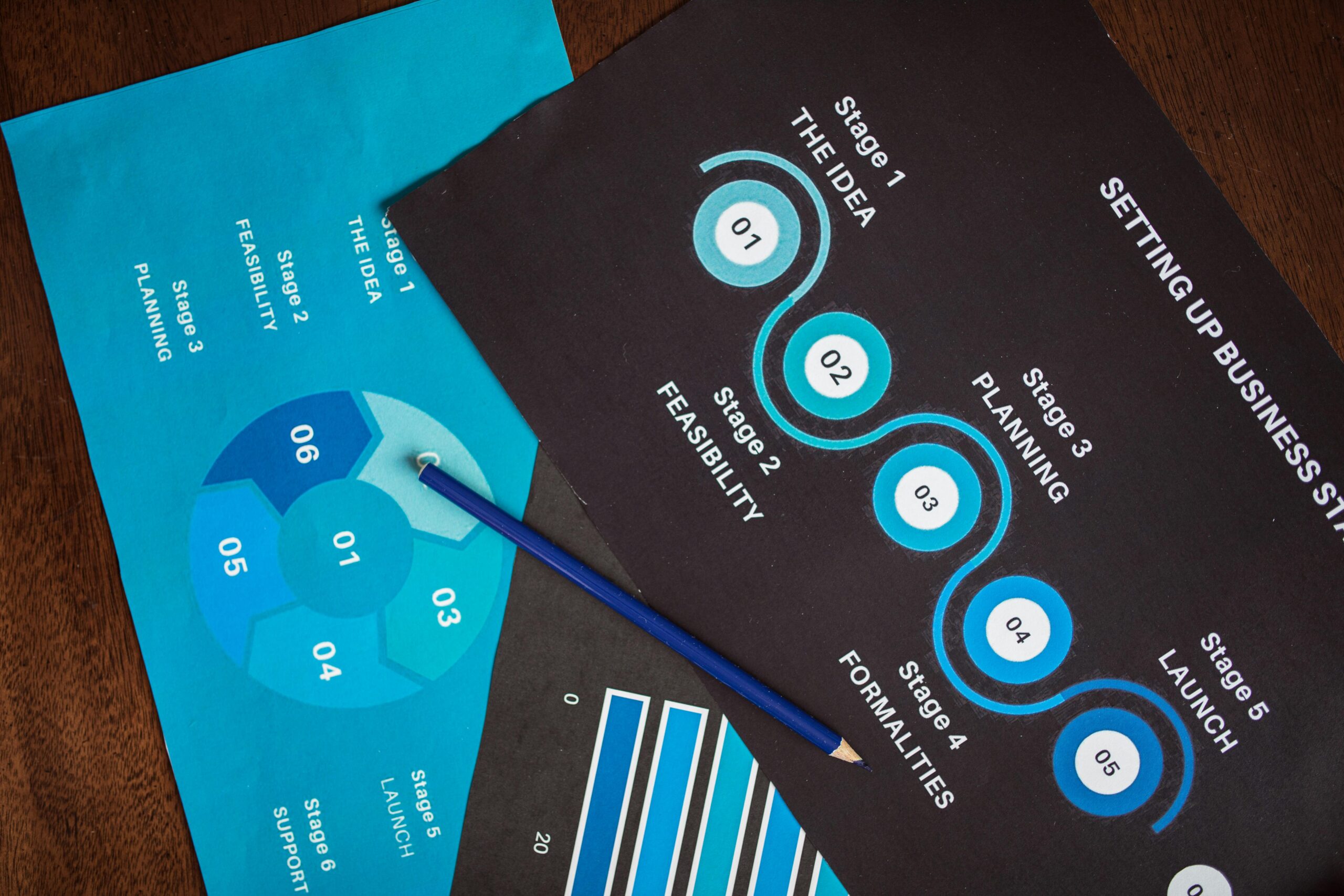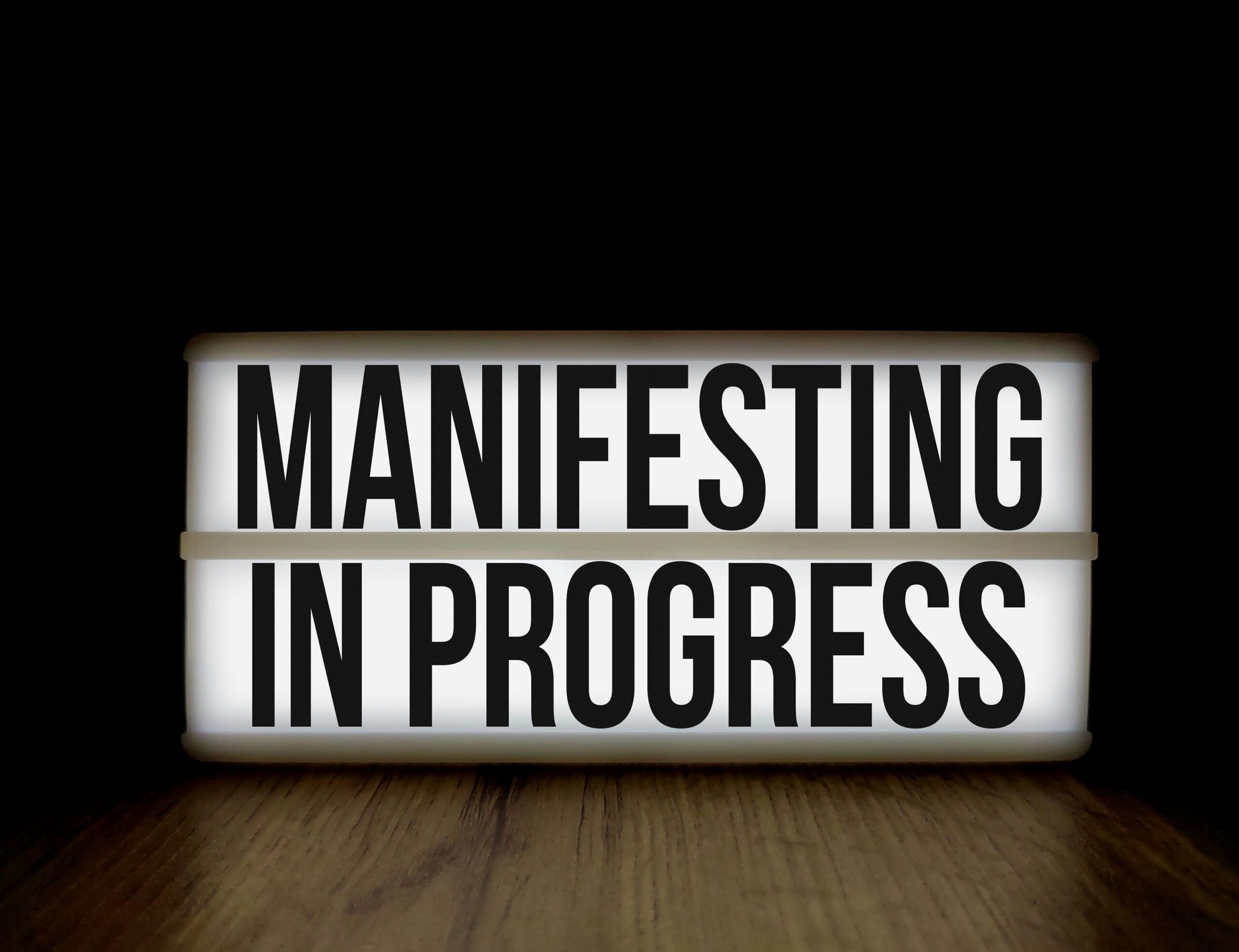Long-term goals shape our destiny, yet most people struggle to transform aspirations into reality. Understanding the architecture behind sustainable strategies reveals why some succeed while others falter.
🎯 The Foundation: Why Long-Term Vision Matters More Than Ever
In an age of instant gratification and rapid technological change, the ability to maintain focus on long-term objectives has become a rare and valuable skill. Research consistently shows that individuals and organizations with clearly defined long-term goals outperform those operating on short-term thinking by significant margins.
The difference between merely dreaming and actually achieving lies in the systematic approach to goal-setting. Long-term strategies aren’t about creating rigid plans that ignore reality; they’re about establishing a flexible framework that guides decision-making while allowing for adaptation and growth.
Consider the most successful companies of our era. Amazon didn’t become a trillion-dollar enterprise overnight. Jeff Bezos famously focused on long-term value creation over quarterly profits, a strategy that initially frustrated investors but ultimately revolutionized multiple industries. This blueprint of patient, strategic thinking offers lessons applicable to personal and professional development alike.
🔍 Deconstructing the Anatomy of Effective Long-Term Goals
Not all goals are created equal. The most effective long-term objectives share specific characteristics that distinguish them from vague wishes or unrealistic fantasies. Understanding these elements is crucial for anyone serious about achievement.
Specificity: The Clarity Principle
Ambiguous goals produce ambiguous results. “I want to be successful” lacks the precision necessary for action. Instead, effective long-term goals define success in measurable, concrete terms. “I will build a business generating $500,000 annual revenue within five years” provides a clear target that informs daily decisions.
Specificity doesn’t mean inflexibility. Rather, it creates a benchmark against which progress can be measured and strategies adjusted. The human brain responds better to concrete objectives, activating motivation centers more effectively than abstract aspirations.
Alignment: The Congruence Factor
Long-term goals must align with core values and authentic desires. Pursuing objectives that contradict your fundamental beliefs creates internal conflict that sabotages progress. This alignment ensures sustained motivation during inevitable challenges.
Many people adopt goals based on external expectations—family pressure, societal norms, or peer comparison—rather than genuine passion. These misaligned objectives may generate initial enthusiasm but rarely sustain the years of effort required for achievement.
Challenge Level: The Goldilocks Zone
Effective long-term goals exist in a sweet spot between too easy and impossibly difficult. Goals that don’t stretch capabilities fail to stimulate growth, while unrealistic objectives invite discouragement and abandonment.
The optimal challenge level sits just beyond current capabilities, requiring skill development and persistence but remaining within the realm of possibility. This balance maintains engagement while fostering the competence necessary for achievement.
🏗️ Strategic Architecture: Building Your Implementation Framework
Goals without strategies remain fantasies. The bridge between aspiration and achievement is constructed through deliberate planning and systematic execution. This framework transforms abstract objectives into actionable roadmaps.
Reverse Engineering: Starting with the End
The most powerful strategic approach begins at the destination and works backward. Visualize your goal as already achieved, then identify the milestones that would have been necessary to reach that point. This reverse engineering reveals the logical progression of steps required.
For a ten-year goal, break down the journey into two-year phases, then annual objectives, quarterly targets, and monthly actions. This decomposition makes enormous objectives manageable while maintaining connection to the ultimate vision.
Resource Mapping: Identifying What You Need
Every significant achievement requires resources: time, money, knowledge, skills, relationships, and tools. Honest assessment of current resources versus requirements reveals gaps that must be addressed.
This inventory shouldn’t discourage action but inform strategy. Lacking certain resources simply means acquiring them becomes part of your plan. The entrepreneur who recognizes a knowledge gap might schedule learning as a preliminary phase before launching their venture.
Timeline Realism: The Patience Paradigm
One of the most common strategic failures involves unrealistic timelines. People consistently overestimate what they can accomplish in one year and underestimate what’s possible in ten years. This miscalibration leads to premature discouragement or insufficient ambition.
Building realistic timelines requires research into how long similar achievements typically require, honest assessment of your commitment level, and buffer time for inevitable setbacks. Patience isn’t passive waiting; it’s strategic pacing that prevents burnout while maintaining consistent progress.
⚙️ The Operational Layer: Daily Systems That Compound
Long-term success isn’t built through occasional heroic efforts but through consistent daily practices. The operational systems you establish determine whether grand strategies translate into tangible results.
Habit Architecture: The Power of Automation
Every repeated action either moves you toward or away from your long-term goals. Designing habits that automatically support your objectives eliminates the need for constant willpower and decision-making.
The writer aiming to publish a novel doesn’t rely on inspiration; they establish a daily writing habit. The entrepreneur building a business creates systems for customer outreach, product development, and financial management. These automated behaviors compound over time, producing extraordinary results from ordinary actions.
Tracking Mechanisms: Measuring What Matters
Progress toward long-term goals often feels invisible in the short term. Effective tracking systems make incremental advancement visible, providing motivation during plateaus and data for strategic adjustments.
Modern technology offers unprecedented tracking capabilities. Dedicated goal-tracking applications help maintain focus and document progress across multiple objectives simultaneously. These digital tools transform abstract intentions into quantifiable metrics.
Review Rituals: The Calibration Practice
Regular review sessions serve as strategic checkpoints where you assess progress, celebrate wins, identify obstacles, and adjust course as needed. Without these deliberate reflection periods, it’s easy to drift off track without noticing.
Weekly reviews examine immediate actions and upcoming priorities. Monthly reviews assess progress toward quarterly targets. Quarterly reviews evaluate whether strategies are working and whether goals themselves still align with evolving values and circumstances.
🧠 The Psychological Dimension: Mindset and Mental Models
The internal landscape—beliefs, attitudes, and mental frameworks—determines whether external strategies succeed or fail. Psychological barriers stop more people than practical obstacles.
Growth Orientation: Embracing the Learning Journey
Carol Dweck’s research on fixed versus growth mindsets reveals why some people persist through challenges while others quit. Those viewing abilities as fixed traits interpret setbacks as evidence of inherent limitation. Those with growth mindsets see obstacles as opportunities to develop new capabilities.
Long-term goal achievement inevitably involves skill gaps, failures, and learning curves. A growth orientation reframes these experiences as necessary parts of the journey rather than signs to quit.
Delayed Gratification: Resisting Immediate Rewards
The famous marshmallow experiment demonstrated that children who could delay gratification achieved better life outcomes across multiple dimensions. This capacity remains crucial for adults pursuing long-term objectives.
Every day presents choices between immediate pleasure and long-term benefit. The person building financial independence chooses investment over consumption. The athlete prioritizes training over comfort. These countless small decisions compound into life-defining outcomes.
Identity Integration: Becoming Rather Than Doing
The most sustainable motivation comes not from what you want to have or do, but from who you want to become. When long-term goals align with identity—”I am a writer” rather than “I want to write a book”—behavior follows naturally.
This identity-based approach creates internal consistency. Actions that contradict self-concept create discomfort, while behaviors aligned with identity feel authentic and sustainable. Strategic identity construction accelerates goal achievement by harnessing the powerful force of self-consistency.
🌊 Navigating Obstacles: The Resilience Blueprint
The path to long-term goals never proceeds smoothly. Anticipating common obstacles and developing resilience strategies separates those who achieve from those who abandon their dreams at the first significant challenge.
The Motivation Myth: Beyond Initial Enthusiasm
Motivation is unreliable. It surges during goal-setting phases then inevitably wanes when reality introduces friction. Relying on motivation alone guarantees failure. Discipline, systems, and commitment carry you through periods when enthusiasm disappears.
Successful achievers don’t wait for motivation; they act despite its absence. The infrastructure of habits, accountability, and systematic progress removes dependence on this fickle psychological state.
Setback Recovery: The Bounce-Back Protocol
Failures, mistakes, and unforeseen obstacles will occur. Your response to these setbacks matters more than their occurrence. Effective recovery protocols acknowledge difficulty without catastrophizing, extract lessons from failure, and resume forward momentum quickly.
Building resilience requires normalizing struggle. The entrepreneur who loses a major client, the athlete who suffers injury, the student who fails an exam—all face crossroads where they either adapt and continue or quit. Preparation for setbacks reduces their psychological impact and speeds recovery.
The Comparison Trap: Running Your Own Race
Social media amplifies the natural human tendency toward comparison. Seeing others’ apparent success while struggling with your own challenges undermines confidence and commitment. Understanding that everyone’s timeline differs and that most people share only highlight reels provides perspective.
Your only meaningful comparison is with your past self. Measuring progress against your starting point rather than others’ current position maintains motivation and acknowledges genuine advancement.
🔄 Adaptation and Evolution: The Dynamic Strategy
Long-term commitment doesn’t mean rigid adherence to outdated plans. The most effective strategies balance consistency of vision with flexibility of approach, adapting to changing circumstances without abandoning core objectives.
The Pivot Decision: When to Adjust Course
Distinguishing between temporary obstacles requiring persistence and fundamental misalignments requiring course correction challenges even experienced goal-setters. Key indicators suggest when pivoting makes sense: persistent misery despite progress, changing values that no longer align with original goals, or new information revealing better paths to desired outcomes.
Pivoting isn’t quitting; it’s intelligent adaptation. The entrepreneur who shifts business models, the professional who changes careers, or the artist who explores new mediums may be optimizing their path rather than abandoning their vision.
Environmental Design: Optimizing Your Context
Your environment profoundly influences behavior and outcomes. Strategic environmental design removes friction from desired behaviors while creating obstacles to counterproductive ones. The person pursuing fitness goals keeps workout clothes visible and junk food hidden. The writer seeking focus disconnects from distracting digital environments.
Beyond physical environment, social context matters enormously. Surrounding yourself with people pursuing similar long-term goals provides support, accountability, and normalized ambition. Conversely, environments filled with cynicism, short-term thinking, or misaligned values create headwinds against your objectives.
💡 Integration: Synthesizing Strategy into Life Design
The ultimate expression of long-term strategic thinking involves designing an entire life that supports your most important objectives. Rather than compartmentalizing goals from daily existence, this integration creates holistic alignment where every element reinforces your direction.
The 80/20 of Goal Achievement
Not all goals deserve equal attention. Pareto’s principle suggests that roughly 20% of objectives will generate 80% of meaningful results. Identifying these high-leverage goals allows strategic resource allocation, focusing energy where it produces maximum return.
This prioritization requires honest assessment of what truly matters versus what seems important due to external pressure. Many people pursue numerous mediocre goals rather than committing deeply to transformative few. Strategic focus multiplies effectiveness.
Legacy Thinking: The Multigenerational Perspective
The longest long-term thinking extends beyond individual lifetimes to consider generational impact. Parents building businesses to pass to children, professionals creating intellectual property that outlives them, or activists working toward cultural shifts they’ll never witness—this temporal expansion provides profound motivation.
Legacy thinking contextualizes temporary discomfort within larger narratives of meaning and contribution. Challenges feel more manageable when viewed as part of something transcending individual existence.

🚀 From Blueprint to Reality: Taking the First Step
Understanding principles of long-term goal achievement means nothing without implementation. The gap between knowledge and action stops more people than lack of information. Your journey begins not with perfect planning but with committed action.
Start by defining one significant long-term goal with clarity and specificity. Reverse engineer the pathway from current reality to desired outcome. Establish daily systems supporting progress. Build accountability structures. Accept that the path will be longer and harder than anticipated, and commit anyway.
The individuals and organizations that shape our world aren’t fundamentally different from anyone else. They simply understood these strategic principles and persisted through the extended timeframes required for compound growth. The blueprint exists; your execution determines whether you join their ranks.
Long-term success isn’t mysterious or reserved for the especially talented. It’s the predictable result of clear vision, strategic planning, consistent action, and resilient persistence. These elements, applied systematically over sufficient time, transform ordinary capabilities into extraordinary achievement. The question isn’t whether this approach works—countless examples prove it does—but whether you’ll commit to the journey.
Toni Santos is a personal growth strategist and wealth alignment researcher dedicated to helping people connect mindset, habits, and money with purpose. With a focus on abundance psychology and intentional living, Toni explores how beliefs, behavior, and clarity turn goals into sustainable prosperity. Fascinated by financial psychology and high-performance routines, Toni’s journey bridges coaching, behavioral science, and practical frameworks. Each guide he shares is an invitation to design a life by intention—where daily actions align with values, and values align with long-term wealth. Blending mindset work, habit design, and evidence-based strategy, Toni studies how identity shifts, focus systems, and disciplined execution create compounding results. His work champions the idea that true abundance is built from the inside out—through awareness, alignment, and consistent action. His work is a tribute to: An abundance mindset grounded in gratitude, vision, and responsibility Financial psychology that transforms behavior into smart decisions Goal-oriented living powered by clear systems and repeatable habits Whether you’re redefining success, aligning money with meaning, or building habits that last, Toni Santos invites you to grow with intention—one belief, one plan, one aligned step at a time.




